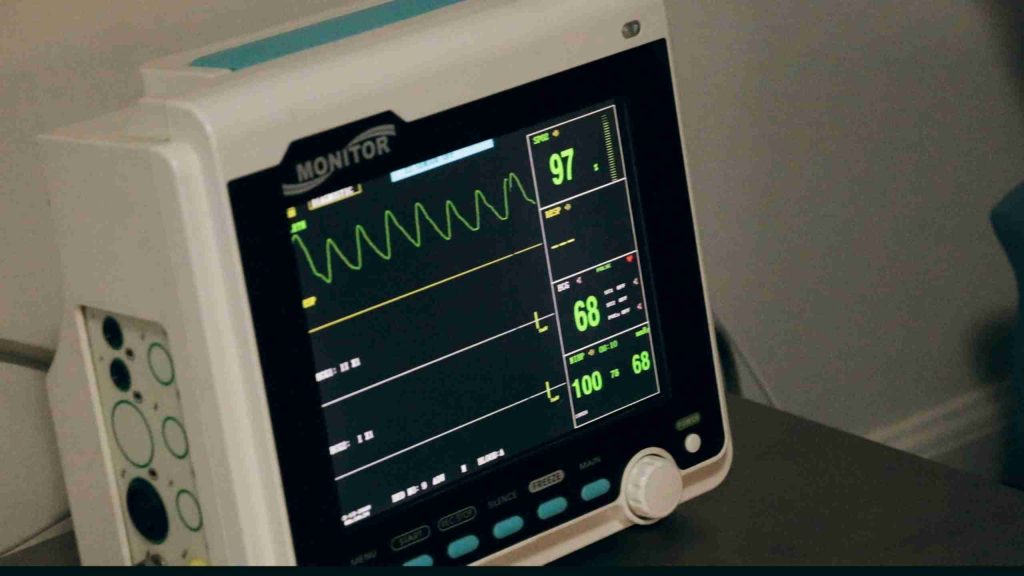If you’ve ever built a medical device, you’ll know how much documentation is required. The amount of documentation required by regulatory bodies like the FDA can intimidate even the most stalwart engineer. But they require it for good reasons.
In fact, when you have a smart plan for documentation, you may find that it becomes helpful instead of intimidating. With the right approach, maintaining the necessary documentation means that you are also maintaining a good development process.
Here, we’ll break down what documents are involved in firmware for medical devices, how they should be managed, and how DojoFive is using EmbedOps to make sure documentation is a help and not a hindrance.
What to Document
There are many items that need to be documented. From a firmware perspective, these include the requirements for your device, the design decisions you’ve made, your development process, and the outcome of your work.
When you’re creating these documents, you can think of the FDA as your customer. They want good devices out there saving lives, and they want it to be easy to approve them!
To succeed, you need to gather information and document decisions not only at the beginning of your project, but in every meeting, with every pull request, in every issue tracked, and every code review. It’s easy to see how this can become overwhelming!
To give you a sense of the scope of the effort, let’s take a quick look at the categories of documents you’ll need:
| Document Type | Description |
|---|---|
| SBOM (Software Bill of Materials) | A complete inventory of every software component in your product. It tracks all code, modules, and dependencies. |
| Released Spec | Documents all compiled files in the final product. Essential reference for manufacturing and deployment. |
| SOUP List (Software of Unknown Provenance) | Tracks all third-party and open-source components. Includes risk assessments and update management. |
| Build Procedure | Step-by-step process to recreate builds consistently. Specifies tools, versions, and environment requirements. |
| Traceability Matrix | Links requirements to implementation and testing. Demonstrates complete coverage of all requirements. |
| Issue and Anomalies Log | Records all software issues and their resolution. Includes risk assessments and verification of fixes. |
| Design Document | Captures software architecture and design decisions. Must be updated with each significant change. |
| Peer Review Documentation | Records all code and design reviews. Documents decisions and approvals throughout development. |
The key point is comprehensive documentation: every component, decision, change, and review must be documented, maintained, and readily available for regulatory review.
How EmbedOps Automates Documentation
As we’ve explored throughout this blog, effective medical device documentation is crucial for compliance, traceability, and overall success in your development process. But navigating the complexities of maintaining modern build and test environments can be daunting. That’s where EmbedOps comes in!

EmbedOps is a Dojo Five platform that provides tailored tools and services specifically designed for embedded software teams. Our user-friendly web-based and command-line tools simplify the setup and management of your build environments, while seamless integration with your automated continuous integration (CI) pipelines ensures that every developer can run production steps effortlessly.
The Dojo Five EmbedOps platform streamlines and automates documentation of medical embedded firmware through:
- – Centralized build environments: Ensuring consistency across the development team and providing a single source of truth for the development process.
- – Automated reporting: Capturing and presenting relevant information about software builds, including memory usage, build logs, and test results.
- – CI/CD integration: Allowing for automated documentation generation and deployment as part of the continuous integration pipeline.
- – Pre-defined templates and containers: Offering ready-to-use Docker containers and templates for common embedded development tools, ensuring consistent documentation practices.
These features help automate data collection, maintain consistency, and integrate documentation directly into the development workflow, reducing errors and saving time in the documentation process for medical embedded firmware.
How to Organize All This Documentation
Managing documents such as design records, peer reviews, and traceability matrices can quickly become challenging without a structured system in place. This is where a Quality Management System (QMS) becomes invaluable.
QMS provides a centralized, controlled repository for storing all necessary documentation, making it easy for teams to collect, manage, and retrieve documents as needed. Teams can opt for a commercial QMS solution tailored for general use or specific industries like medical devices, or they can set up a self-maintained “paper-based” system.
When using a paper-based approach, it’s essential to establish clear document management practices, including specifying who has access and update permissions. A QMS ensures that the “latest” read-only version of each document is available and that all updates go through an approval process, fostering document control, consistency, and traceability across the entire project lifecycle.
Make Documentation Work for You
Ready to transform documentation from a burden into an asset? Contact us today to see how we can streamline your development process.





